Mythologies of the Sakai (Maniq) Tribe
Sakai is a tribal community in Indonesia, traditionally living in the interior of Riau, Sumatra. Some of them still lead a nomadic and hunter-gatherer lifestyle in the remote interior of Sumatra, while most settled into major cities and towns in Sumatra with the rise of industrialization. There are various theories of their origin. One theory is that they are the descendants of the Proto-Malay and Negrito tribes that were pushed inland due to the arrival of the Malay people in Sumatra. Some of them claim that they are of Minangkabau origin and migrated to the edge of Gasib River, upstream of Rokan River, Riau hinterland in the 14th century. The Sakai people considered themselves to have originate from Pagaruyung Kingdom. Most of the Sakai community living today are involved in agriculture. There are no definite data about the number of Sakai. Population data issued by the Ministry of Social Affairs Republic of Indonesia stated that the number of Sakai in Bengkalis Regency of 4,995 inhabitants.
The Maniq or Mani are an ethnic group of Thailand. They are more widely known in Thailand as the Sakai (Thai: ซาไก), a controversial derogatory term meaning 'barbarism'. They are the only Negrito group in Thailand and speak a variety of related Aslian languages, primarily Kensiu and Ten'edn, which do not have standard writing systems. In Thailand, the Maniq minority live in the southern provinces of Yala, Narathiwat, Phatthalung, Trang, and Satun. The Maniq are a hunting and gathering society. They build temporary huts of bamboo with roofs made of banana leaves. They hunt many types of animals and consume many different kinds of vegetables and fruits. They wear simple clothes made of materials such as bamboo leaves. They are familiar with many different species of medicinal herbs. The director-general of the Rights and Liberties Protection Department of the Justice Ministry, said the Maniq are categorised into two groups based on where they live. The first group lives in the Titiwangsa Mountains in Yala and Narathiwat while the second group dwells in the Banthat Mountains in Phatthalung, Trang, and Satun. The total population of the Maniq is about 300 people. However, they are divided into several different clans. Among the Malaysian sultans and rulers of the southern provinces of Thailand who ruled and enslaved the Negrito slaves, it was once regarded as prestigious to keep Negritos in their yards as part of collections of amusing jungle beings. In the first decade of the twentieth century, the king of Thailand, King Chulalongkorn (Rama V) visited the southern regions of his country and met with the Semang people. In 1906, an orphan Semang boy who was captured and named Khanung was sent to the royal court, where he was perceived as the adoptive son of the ruler. From this event, it has led to the patronage of the Semang people by the royal court.
Sakai is a tribal community in Indonesia, traditionally living in the interior of Riau, Sumatra. Some of them still lead a nomadic and hunter-gatherer lifestyle in the remote interior of Sumatra, while most settled into major cities and towns in Sumatra with the rise of industrialization. There are various theories of their origin. One theory is that they are the descendants of the Proto-Malay and Negrito tribes that were pushed inland due to the arrival of the Malay people in Sumatra. [3] [4] Some of them claim that they are of Minangkabau origin and migrated to the edge of Gasib River, upstream of Rokan River, Riau hinterland in the 14th century. The Sakai people considered themselves to have originate from Pagaruyung Kingdom. Most of the Sakai community living today are involved in agriculture. There are no definite data about the number of Sakai. Population data issued by the Ministry of Social Affairs Republic of Indonesia stated that the number of Sakai in Bengkalis Regency of 4,995 inhabitants.
The Sakai is an indigenous tribe of Riau province with members spread across several districts. The largest Sakai community resides in the village of Kesumbo Ampai Village, Mandau district, where the community center was built. Studies and social mappingsshow that the majority of Sakai tribes people live in remote areas, far from technology, modernization and access to education. It was for these reasons that APP and Arara decided to forge closer ties to the Sakai tribal communities, especially in support of educational development and preservation of traditional Sakai culture. In addition to building the traditional houses, APP and Arara have also provided undergraduate and postgraduate scholarships for Sakai youths. To date, the scholarship program has seen 32 people graduated with bachelor’s degrees and 3 with postgraduate degrees. All graduates have been urged to return to their communities in order to help educate the next generation of Sakai youth. “PT Arara Abadi is a timber company that operates in the area adjacent to where the Sakai community live. Thus, we hope to be able to improve their lives by providing them with job opportunities,” says Appathurai Rajasingham, Chief Operating Officer of Riau Arara. “We are working with the Sakai Bathin Delapan and Lima Jernih Foundation to develop 300 hectares of rubber trees in the PT Arara Abadi concession. We’re also giving the Sakai community the freedom to grow crops within our concession, such as menggalo yam, to be one of their food sources”. “The Sakai community center symbolizes the wealth of our heritage. It will be a center for knowledge sharing, for sharpening our skills in traditional Sakai arts and crafts, and also for strengthening relations among members of our tribe,” says Sakai tribal community leader, M. Yatim. “We hope the companies can continue to play a role in preserving our culture, thus forging a lasting bond with our local communities.” “Traditional cultural values are important aspects of our national heritage, which we can be proud of internationally and the Sakai Traditional House is one of them,” says APP Director, Hasanuddin The.“The rising deforestation rate in Indonesia is of major concern to us, which is why we hope that the Sakai community center can serve as a venue to educate and raise awareness among community members on the importance of conservation and in leading a sustainable lifestyle”.




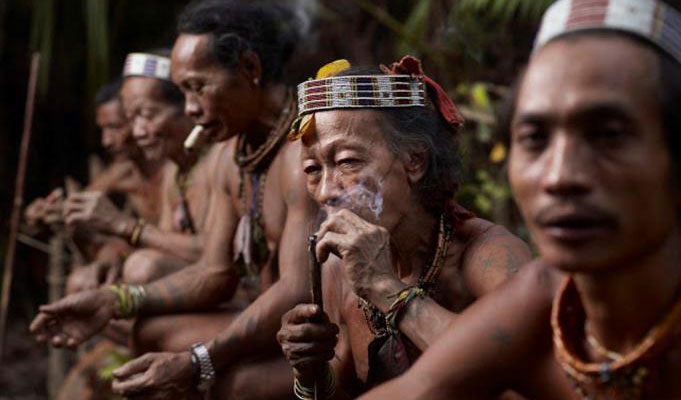




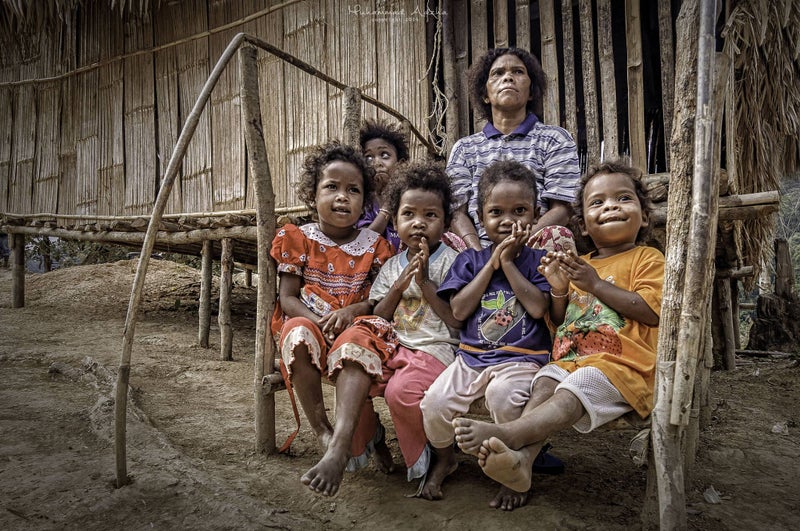



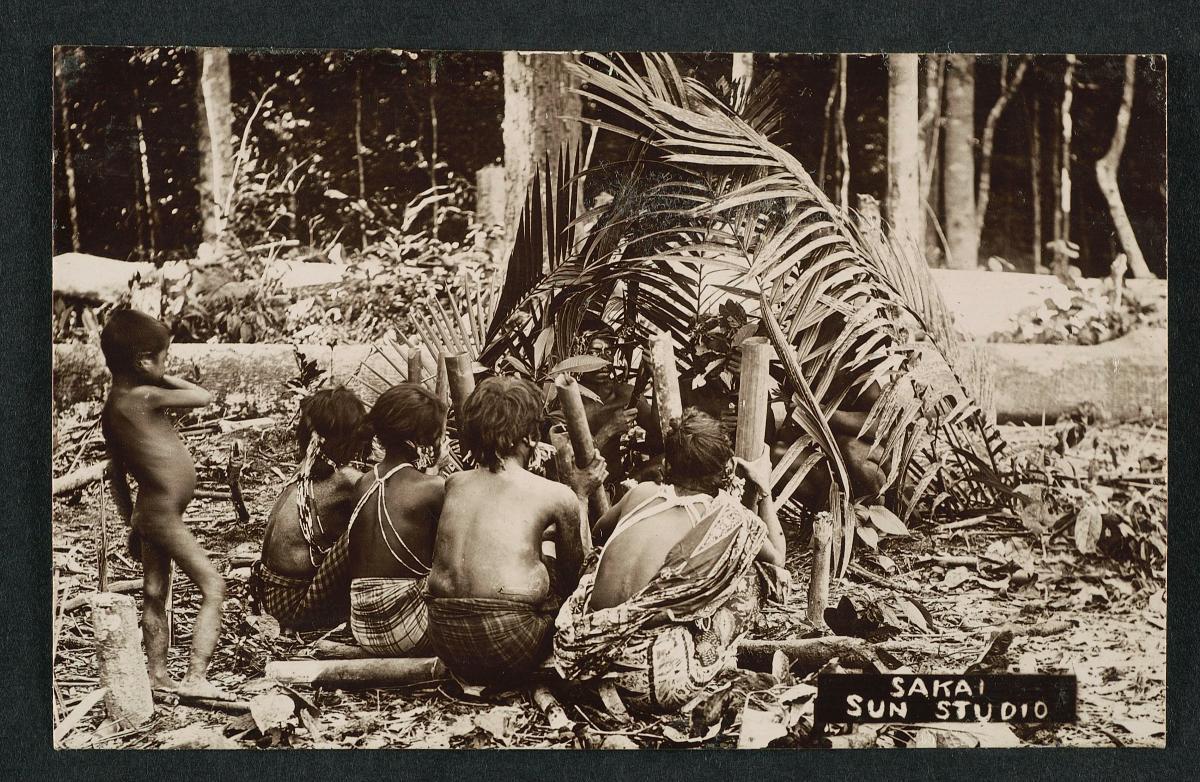
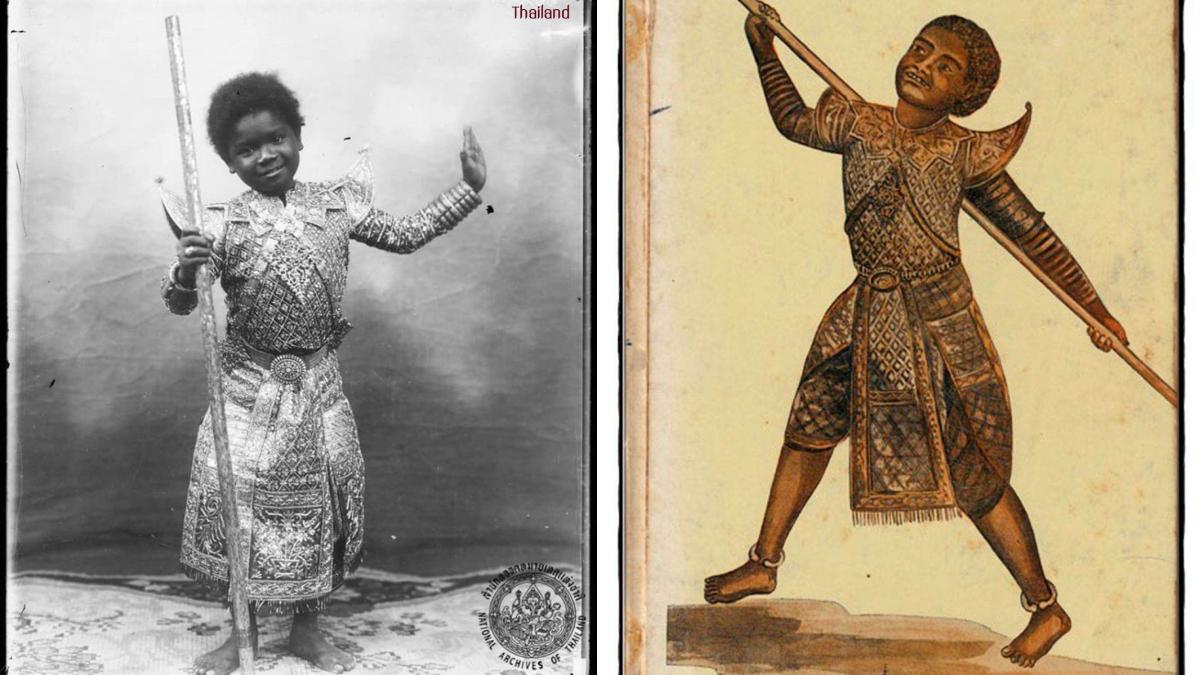
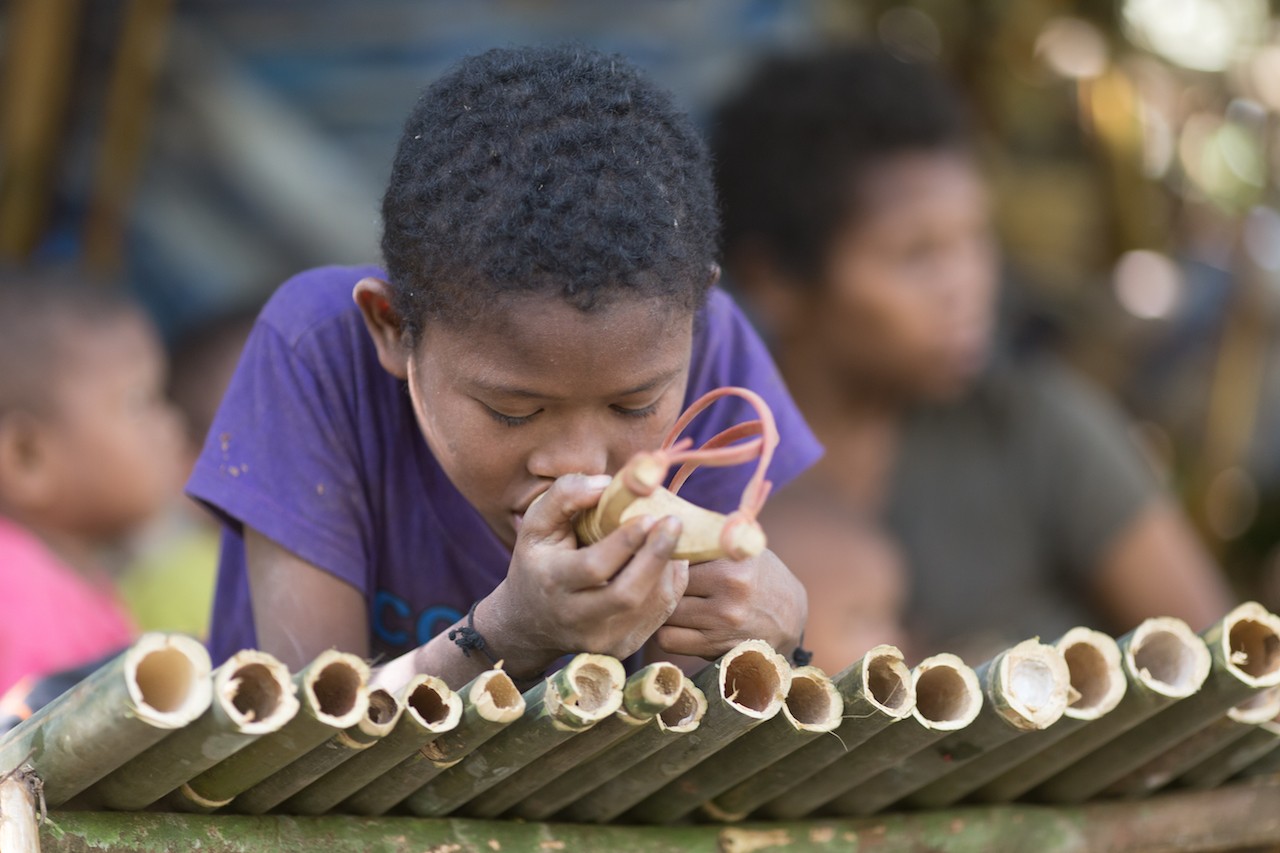


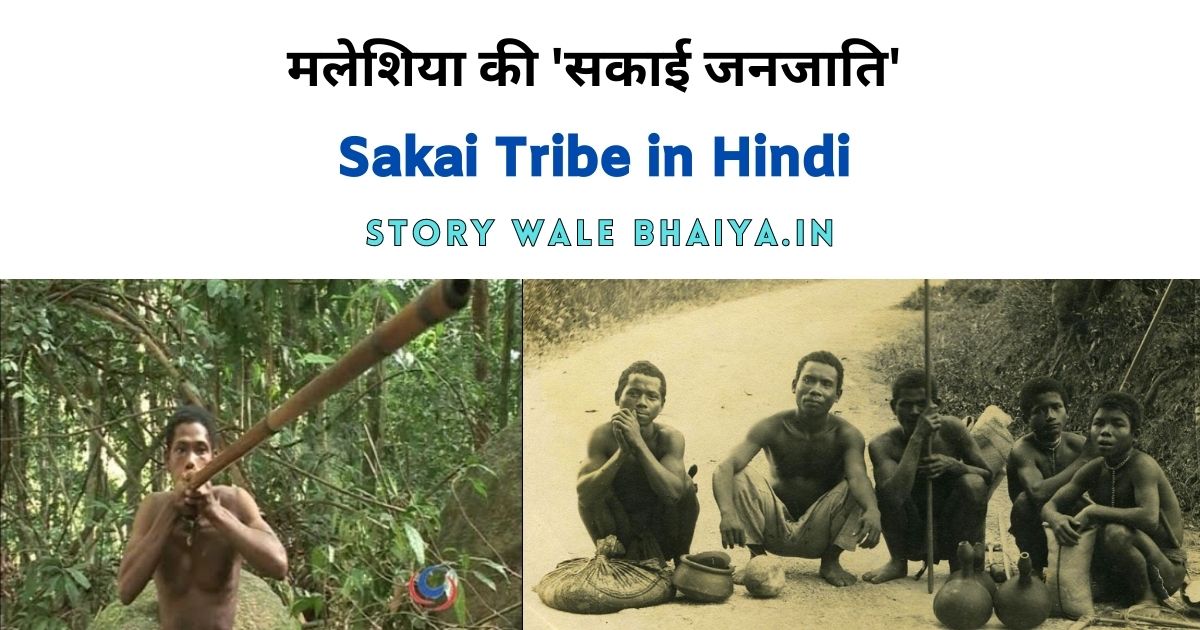


Comments
Post a Comment